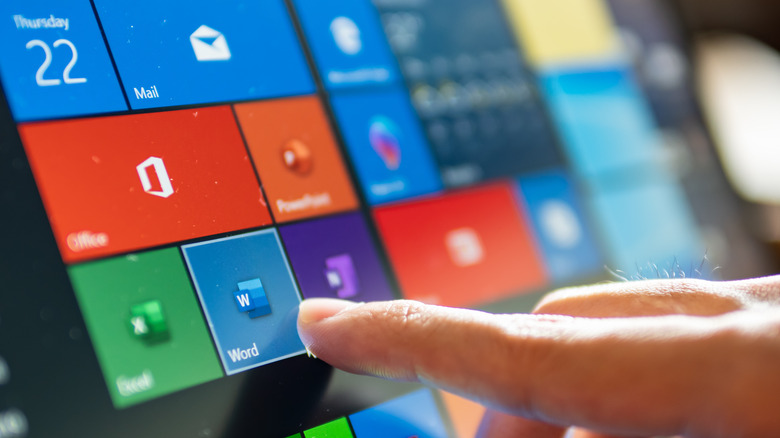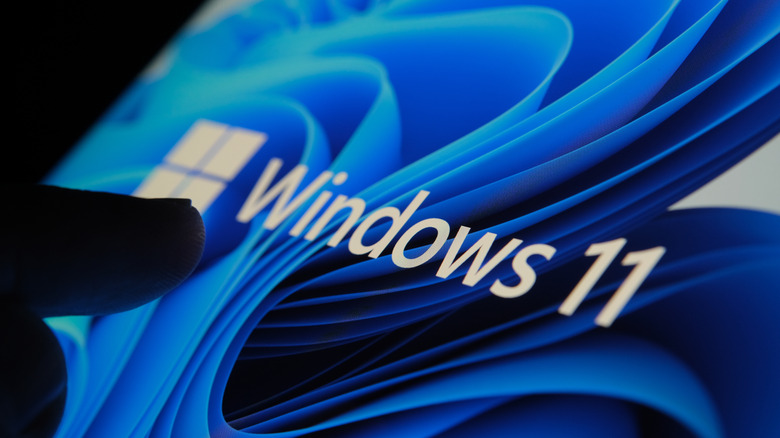Sticking With Windows 10 Instead Of Upgrading? Get Ready To Pay For Security Updates
It's the end of the road for Windows 10, and Microsoft is cutting off life support to the last generation operating system in October 2025 as it pushes customers toward Windows 11. We've known since 2021 that Windows 10 support ends in 2025, but today's announcement provides new details about the transition. As with every new version of Windows, not everyone can run Windows 11. Some customers will be stuck with PCs that do not fit the system requirements for Windows 11, so Microsoft has a solution for them: pay more money to keep using Windows 10.
More specifically, Microsoft will charge a yearly subscription fee for what it calls Extended Security Updates (ESU) to Windows 10. As explained in a post on the Microsoft website, these ongoing updates will patch major vulnerabilities in Windows 10 but will not add new features, design changes, or technical support. In past end-of-life extensions for previous versions of Windows, the ESU option was only available to enterprise customers, but Redmond is generously offering to let individual consumers open their wallets as well this time around. The ESU updates will be available for three years.
Windows 10 Extended Security Updates will cost a yearly subscription
The official date Microsoft has set for the end of support to Windows 10 is October 14, 2025. That's a little more than 10 years after the OS was first released in 2015. Meanwhile, Windows 10 is still vastly more popular than its successor, run by nearly 68% of Windows users compared to under 27% running Windows 11. So, after years of trying the carrot, the company is now breaking out the stick, hoping that users would rather upgrade to Windows 11 than pay a subscription to get security updates for 10.
In Microsoft's end-of-support update for Windows 10, the announcement of ESU subscriptions is at the bottom. The document spends most of its length urging users to upgrade from Windows 10 to 11, even if that means buying a new PC that supports the current version.
Clearly, more than two years after its release in 2021, many users are still reticent about making the jump to Windows 11, and there are a few reasons for that hesitation. First, their current PC may lack the hardware to support it. Second, new versions of Windows have historically been hit-and-miss, so people who love Windows 10 may worry they won't feel the same about 11. Lastly, Windows 11 settings need to be adjusted after an install to remove some truly egregious native advertising and bloat. No matter the reason, Microsoft clearly wants to make sticking with Windows 10 the least appealing option to consumers after it ends support.

